Gorge-ous Days at Carnarvon (part 2)
There are places you wait years to visit — and Carnarvon Gorge was one of them. Tucked deep in Queensland’s Central Highlands, this slice of rugged wilderness has been on our radar for a long while. We finally rolled in and set up camp at Sandstone Park, where the views stretch endlessly over the escarpment and kangaroos graze between the motorhomes. We spent three nights here, waking to the sound of kookaburras and watching sunsets spill across the hills.
On our second day, we tackled the main event — the 16-kilometre return walk through Carnarvon Gorge. It’s a trek that takes time, water and sturdy legs, but what a walk it is. The trail winds through towering sandstone cliffs, shaded by cabbage palms and cycads, crossing the creek multiple times on stepping stones. Along the way, the gorge reveals its wonders.
The Art Gallery is something else entirely. Thousands of years of First Nations history etched into the rock in ochre, stencil and charcoal: handprints, boomerangs, net designs, stories told through layers of time. The silence around the site felt respectful, like the gorge itself was holding its breath.
Just a little further back on the track, the Amphitheatre revealed its hidden magic. A narrow crack in the rock wall opened into a vast, echoing chamber which was cool and shaded, with high walls that seemed to stretch forever. We sat inside for a long moment, letting it sink in. Magical doesn’t quite cover it.
The next day, Cameron and Zoe had a well-earned rest (Zoe made it clear she wasn’t impressed at being left behind) while Neil headed back into the gorge solo, this time to explore the Moss Garden. Tucked away and shaded, the garden lives up to its name with moss-covered rocks and a gentle spring-fed stream trickling over the ledge. Cool, green and peaceful—well worth the extra kilometres.
Carnarvon Gorge was every bit as impressive as we had hoped it would be. It’s wild and ancient, but accessible. And it gave us that rare feeling of ticking something off our bucket list and knowing it was worth the wait.
👉 If you’re enjoying the Carnarvon Gorge journey, join our newsletter for more offbeat adventures and hidden corners.
Sign up here
Exploring the unbeaten paths of Australia, one adventure at a time! 🌿 Follow along as we uncover hidden gems, tackle rugged terrains, and head Off the Main Road to embrace the thrill of exploring offbeat destinations. 🚙💨
Carnarvon Gorge
Carnarvon Gorge is a spectacular national park in Central Queensland, defined by its towering sandstone walls, shaded creeks, lush vegetation, and deep rock shelters. It’s a place where geology, ecology, and Indigenous heritage overlap, with art sites, waterfalls, and trails weaving through a dramatic canyon system that feels timeless.
How to Get There
The Gorge is accessed via unsealed roadways from Injune or Rolleston, off the Carnarvon Highway. The last stretch into the park is a gravel track, so high-clearance vehicles are strongly recommended. From major towns: Injune is about 187 km north, Rolleston about 130 km south, and Roma is ~170 km away.
What to See
Moss Garden – A shaded oasis where ferns, moss, and cool water made it one of the most magical stops.
Amphitheatre – Walking into this towering sandstone chamber was unforgettable, with its soaring cliffs and hushed acoustics.
Indigenous Rock Art Sites – Wandering past ancient art etched into the stone gave us a deep sense of connection to the landscape.
Other highlights you might like to explore:
Wards Canyon – A lush hidden pocket with king ferns and flowing water.
Boolimba Bluff – A lookout reached via steep steps, offering sweeping views over the gorge.
Moolayember Falls – A longer hike to a remote waterfall, rewarding for those with time.
Junction Creek Walks – Easy creekside paths framed by sandstone cliffs and shady gums.
When to Visit
The best time to visit Carnarvon Gorge is during the dry season (April to October), with cooler days, stable walking conditions, and reduced risk of floods. Wet season can bring heavy rain, slippery tracks, and limited access to some trails and creeks. Early morning or late afternoon walks are ideal for avoiding heat and catching soft light.
Final Thoughts
Carnarvon Gorge left us some great memories. Its towering cliffs, quiet creeks, and ancient art sites made every walk feel special. We found it both fascinating and beautiful, a place we’ll always remember fondly.
What’s Nearby
This post is the second part of our Carnarvon Gorge experience—see the first part here for more of our gorge journey. Before arriving, we passed through Bogantungan, a small Queensland outback stop, and after leaving the gorge we headed toward Rockhampton2, where heritage, art, and city escapes awaited.
Fast Facts
Location: Carnarvon Gorge, Carnarvon National Park, Queensland
Distance from Emerald: 250 km south via Carnarvon Highway and Wyseby Road
Traditional Owners: Bidjara and Karingbal peoples
Access: Sealed highway with final section of gravel; suitable for most vehicles in dry conditions
Facilities: Visitor centre, campground, picnic areas, toilets, limited mobile reception
Walking Track: Multiple trails from short walks to full-day hikes through the gorge system
Dog Friendly: Not permitted within Carnarvon National Park
Best Time to Visit: April to September for mild weather and cooler walking conditions
Love exploring hidden tracks and quiet corners with us?
Stay up to date with our latest stories and off-the-main-road finds by joining our newsletter.
You can find more details about walking tracks and park access on the official Carnarvon Gorge National Park page.
Other updates you may like…
After braving Brisbane and the Gold Coast, Mullumbimby was an exhale. A leafy hinterland town of markets, vintage shops, and slow mornings at the showgrounds. Proof that the best stops aren’t always planned.
We came to Toowoomba for two nights and stayed four. Drawn in by gardens, markets, thunderstorms, and easy charm. A big city with a small-town heart, full of stories and surprises on the range.
From the old Rex Cinema in Monto to a four-kilo peanut haul in Kingaroy, this stretch of Queensland had everything—local tips, bush learning, and the stories you only find on the road.
Living full-time on the road means finding balance between connection and quiet. From calls home to campfire uploads, we’re learning that staying grounded matters just as much as staying online.
A weekend stop in Biloela for new windscreens turned into a laid-back escape. Between Heritage Park, Callide Dam, and country charm, this Central Queensland town proved that even repair days can feel like holidays.
Five hours of potholes, rattles, and questionable suspension from Charters Towers to Emerald reminded us that not every road is smooth.
Charters Towers caught us off guard — a planned two-night stop turned into four days of gold-rush history, quirky landmarks, tyre trouble and small surprises!
From chicken races to jetty-less jetties, Australia’s full of surprises. These offbeat stops are the ones that made us laugh, pull over, and remember why we love the road.
Blistering heat, long roads, and a sense of humour carried us from Julia Creek to Hughenden. Between dusty stops, cool lakes, and cranky tyre alarms, we found that real travel isn’t always picture perfect.
We’ve racked up a few extra kilometres chasing curiosity through Queensland. Side quests that started as quick detours and turned into full-blown adventures. A few wrong turns we’d happily make again.
From Dundee Beach to the Sapphire Caost, these five Australian beaches made us stop for a while. Real coastal favourites that are relaxed and worth the drive every time.
From drive-in towns to riverside camps, these are our hidden gems of Outback Queensland. Small places with big character, strung along quiet highways where the days stretch long.
From red cliffs to waterfall gullies, these are our top five Northern Territory favourites! A mixed of big names and quiet corners that made us stop, stay longer, and fall a little bit in love with the NT.
We’ve gathered a few favourite posts that still stand out on our travels — from Snake Creek and Robin Falls to Lightning Ridge and the RFDS airstrips. Simple stories, still worth revisiting.
We spent three days in Cloncurry, exploring its history, murals, aviation heritage, and dam. From the first Qantas hangar to the birthplace of the RFDS, this outback town surprised us with stories and charm.
Whether you’re dreaming of hitting the road or already knee-deep in maps and overdue laundry, we hope these tips resonate. Here's to many more years of life off the main road.
Croydon, Normanton, and Karumba gave us history, character, and Gulf Coast charm. From welcoming the Gulflander to cold drinks at the Purple Pub and sunsets in Karumba, this stretch of the Savannah Way was unforgettable.
We explored Cobbold Gorge after a rugged drive from Forsayth. Floating along the calm waters and hiking to the glass bridge, we were captivated by the towering cliffs, wildlife, and serene beauty of this Queensland outback gem.
Exploring the Undara Lava Tubes was like stepping into another world…towering underground tunnels carved by ancient lava flows, part history, part geology, and all awe. A side quest well worth the detour.
Soaked in Mareeba, charmed by Herberton’s historic village, waterfall-hopped around Ravenshoe, and finished with cheesecake and live guitar—our journey through the Tablelands mixed history, nature, and indulgence in perfect balance (with Zoe happily in tow).
Cooktown charmed us with laid-back days, sunset cruises, museums, and even a cheeky paddle for Zoe. We wrapped it all up at the iconic Lions Den Hotel—live music, hearty meals, and full hearts.
Camping at Newell Beach set the scene for exploring Mossman. We browsed markets, braved Mossman Gorge, detoured back to Cairns on a stunning coastal drive (with a giggle at Yorky’s Knob), before heading inland towards Cooktown.
From swimming holes to rainforest tracks, our time between Babinda and Kuranda was a mix of sightseeing, family catch-ups, and a long-overdue crocodile feast.
We broke up the drive north with stops at coastal Cardwell, rainy Tully with its Golden Gumboot, and the atmospheric Paronella Park. Each stop offered its own charm before we pushed on towards Cairns.
Exploring North Queensland took us from the busy streets of Townsville to the calm waters of Big Crystal Creek and the sheer power of Wallaman Falls. City views, creek swims, and unforgettable waterfalls in one stretch.
From a tense river crossing and a surprise snake encounter to a crowded Airlie Beach and a quiet roadside camp in Home Hill — our journey north was full of unexpected turns and memorable stops.
A quick coastal stop turned into seven relaxing days camped beneath palms in Seaforth. Beach swims for Zoe, fresh scones, friendly neighbours, and a kangaroo tourism reality check made this one of our favourite unexpected stays.
Camping behind the Pinnacle Family Hotel gave us the perfect base to explore Hatton Finch and Eungella. Great hikes, homemade pies, and sugarcane trains rolling by—this little stop had charm and adventure in spades.
We spent a week in Mackay with family, exploring art galleries, sugar tours, vibrant laneway murals, and orchid-filled gardens. While the city didn’t charm us completely, the time together made it memorable.
Cameron is a travel writer, photographer, and freelance copywriter with more than fourteen years of experience crafting stories that connect people and place. Based on the road in a motorhome with his partner, he documents Australia’s quieter corners through Off the Main Road, a travel journal devoted to the towns, landscapes, and characters often overlooked by the tourist trail.
His writing blends observation with lived experience, drawing on a professional background in brand storytelling. Blending visual storytelling with a writer’s eye for detail, Cameron captures moments that reveal the character of regional Australia—from weathered towns and open landscapes to the honest rhythm of life across Australia.

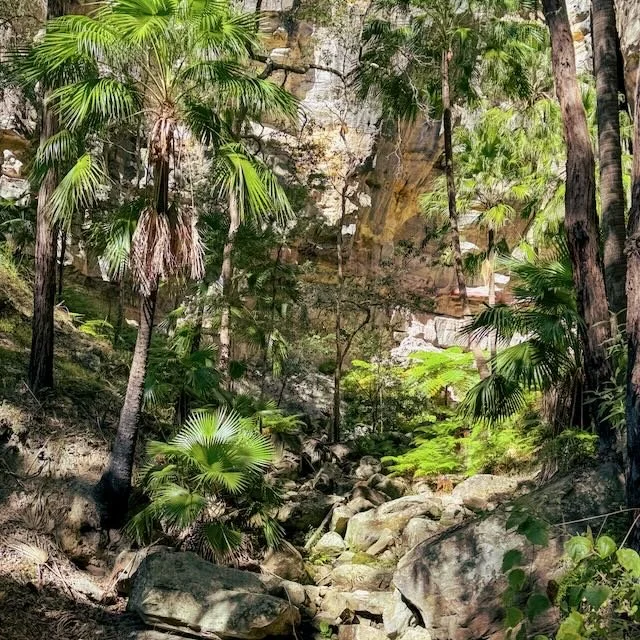


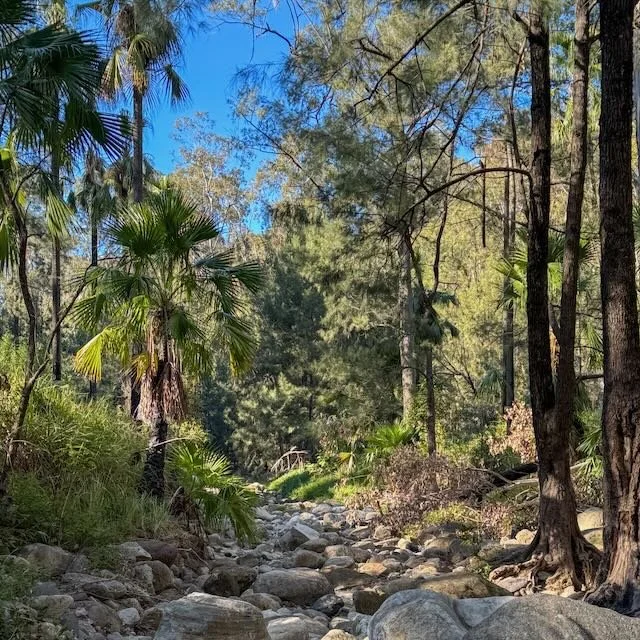
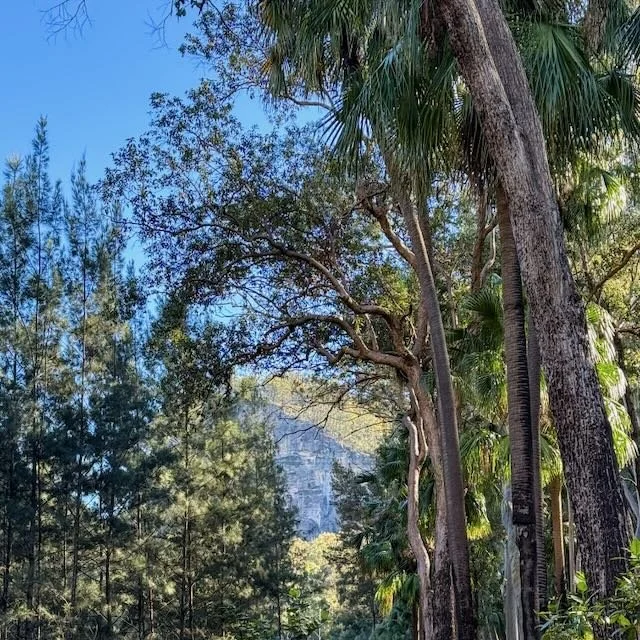

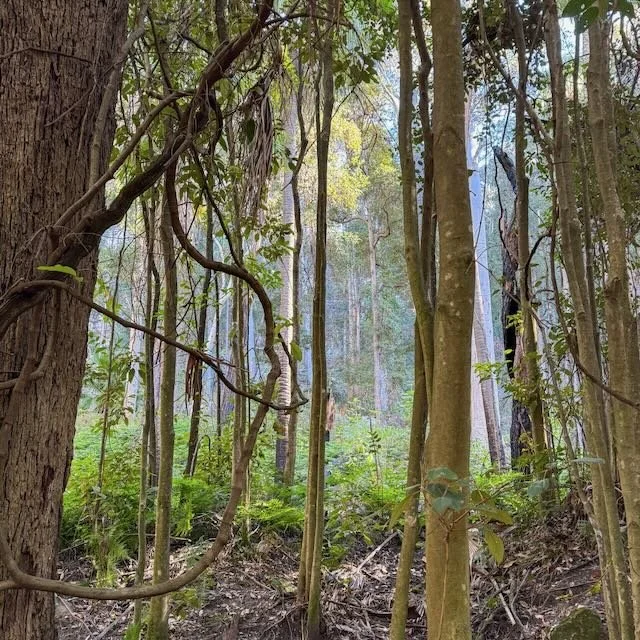
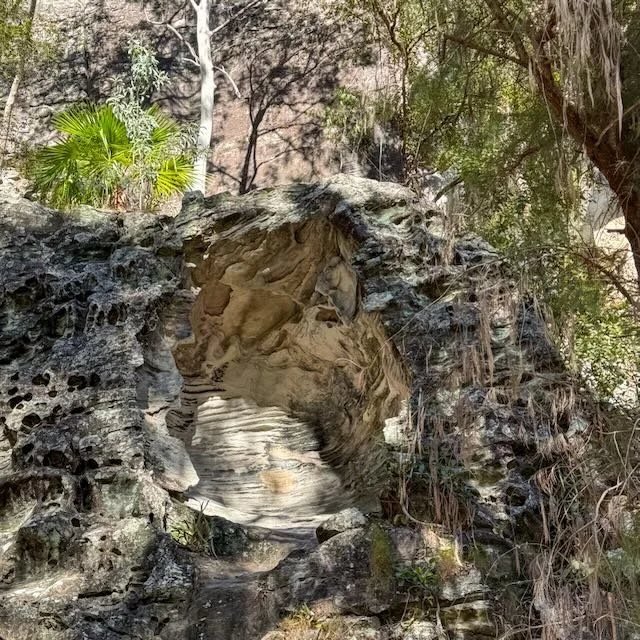
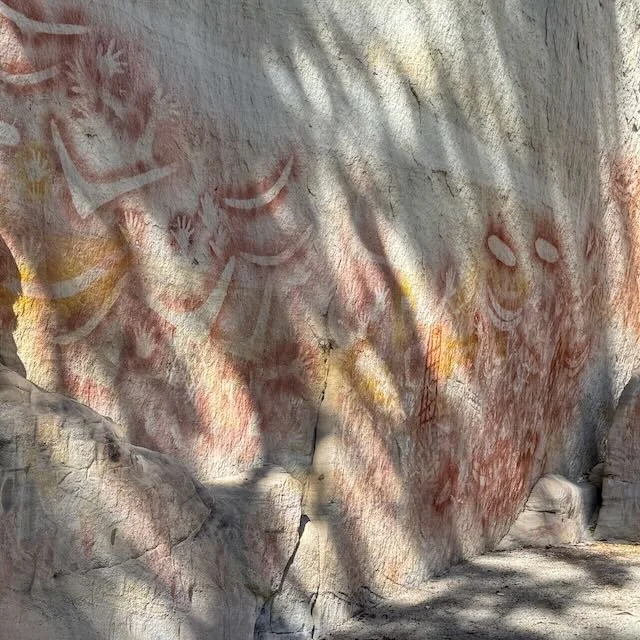
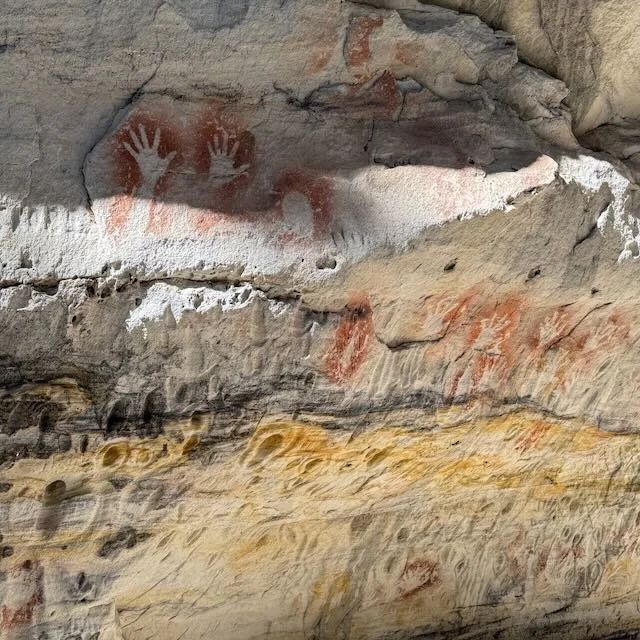
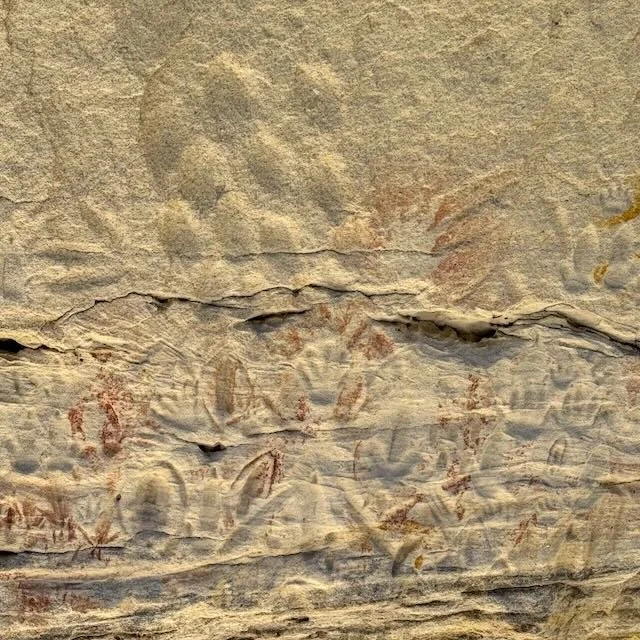
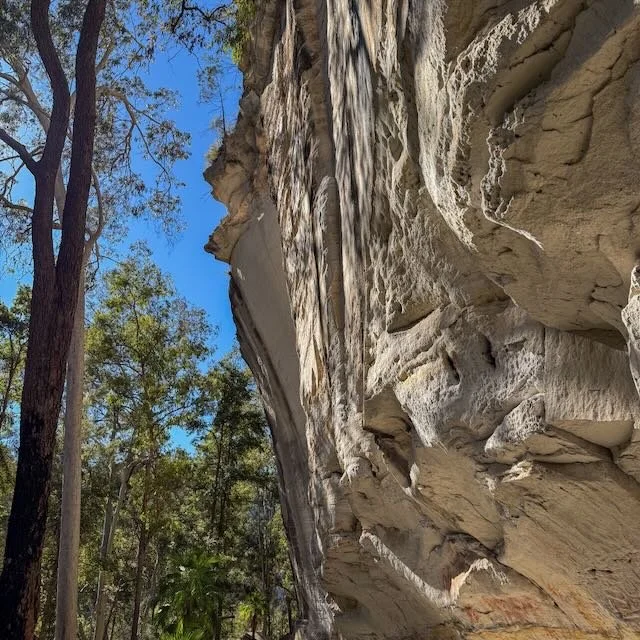

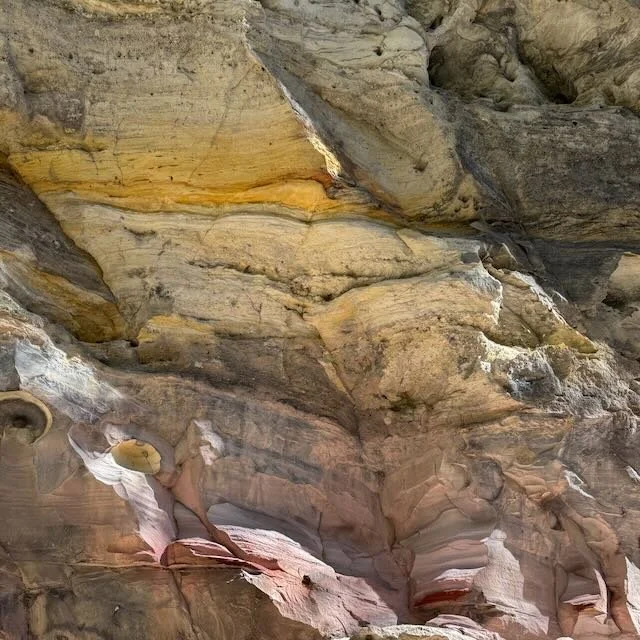


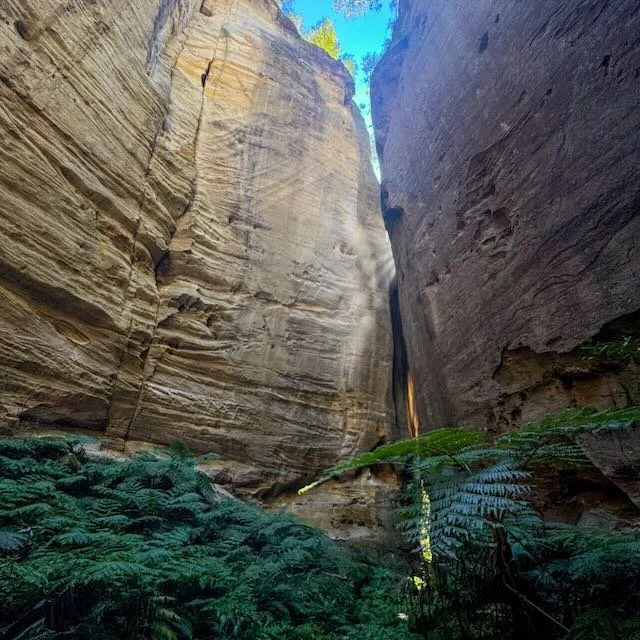
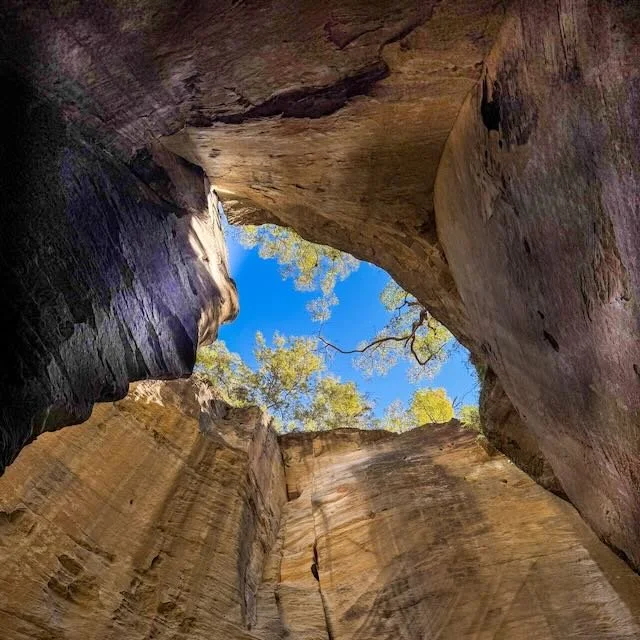
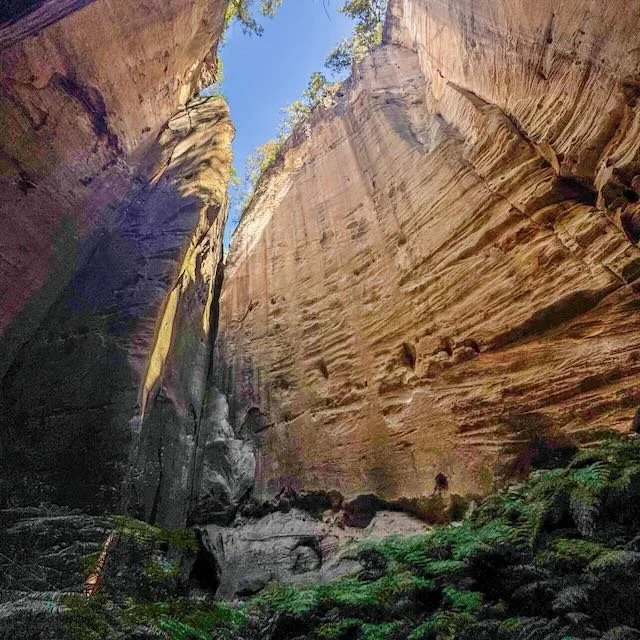





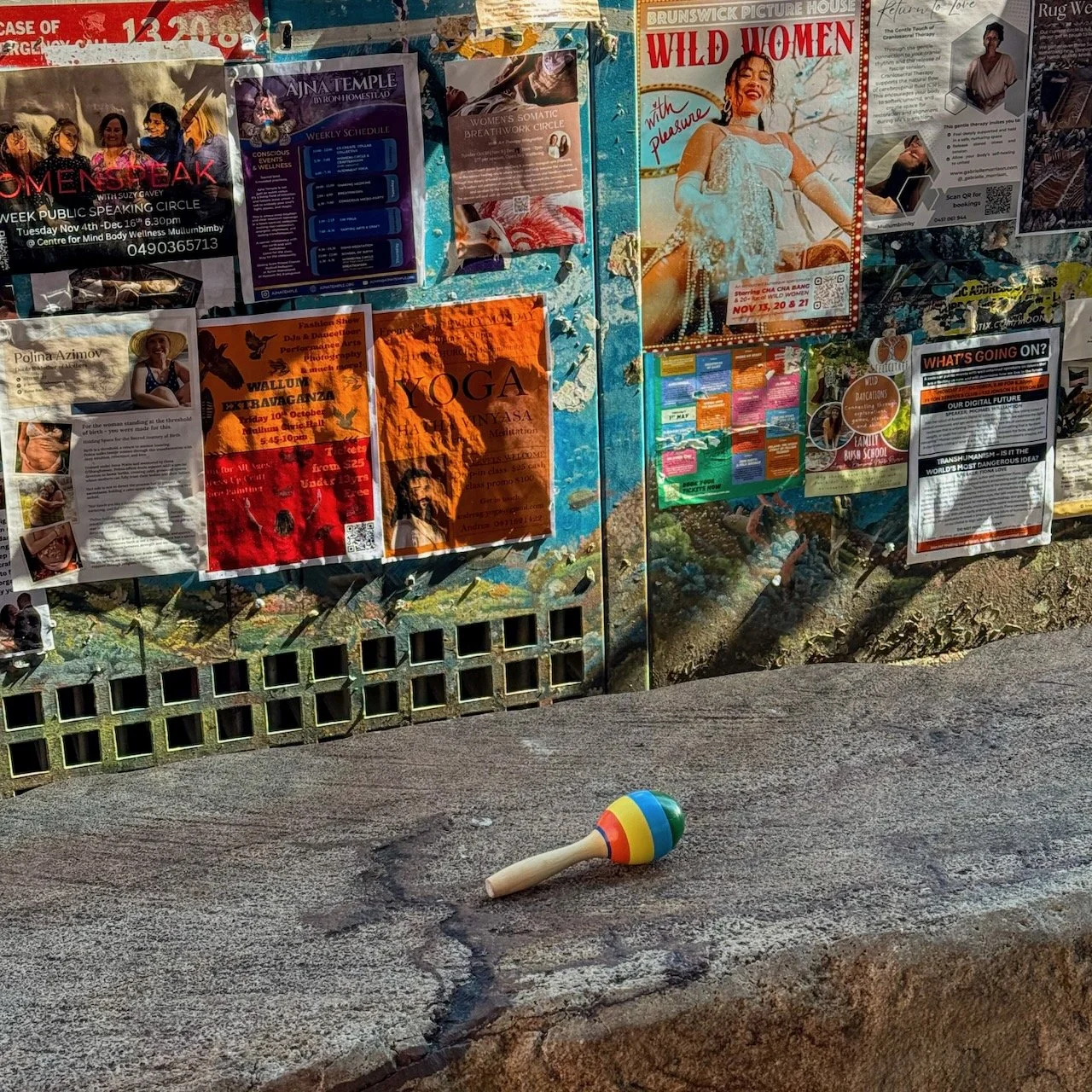

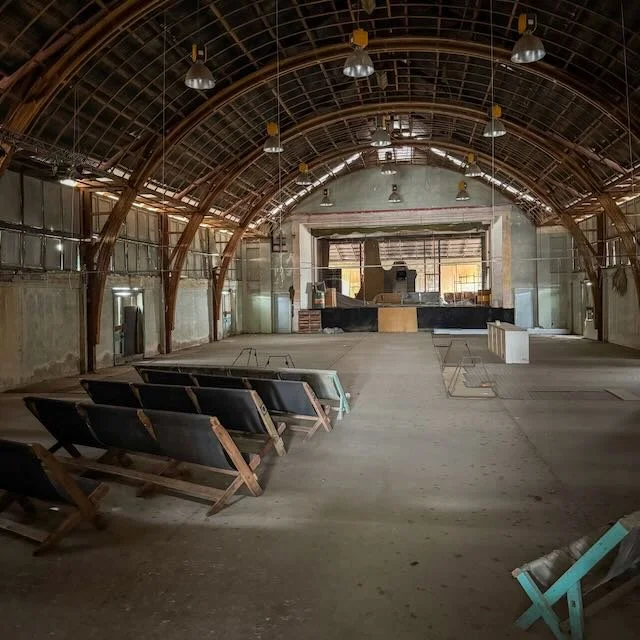


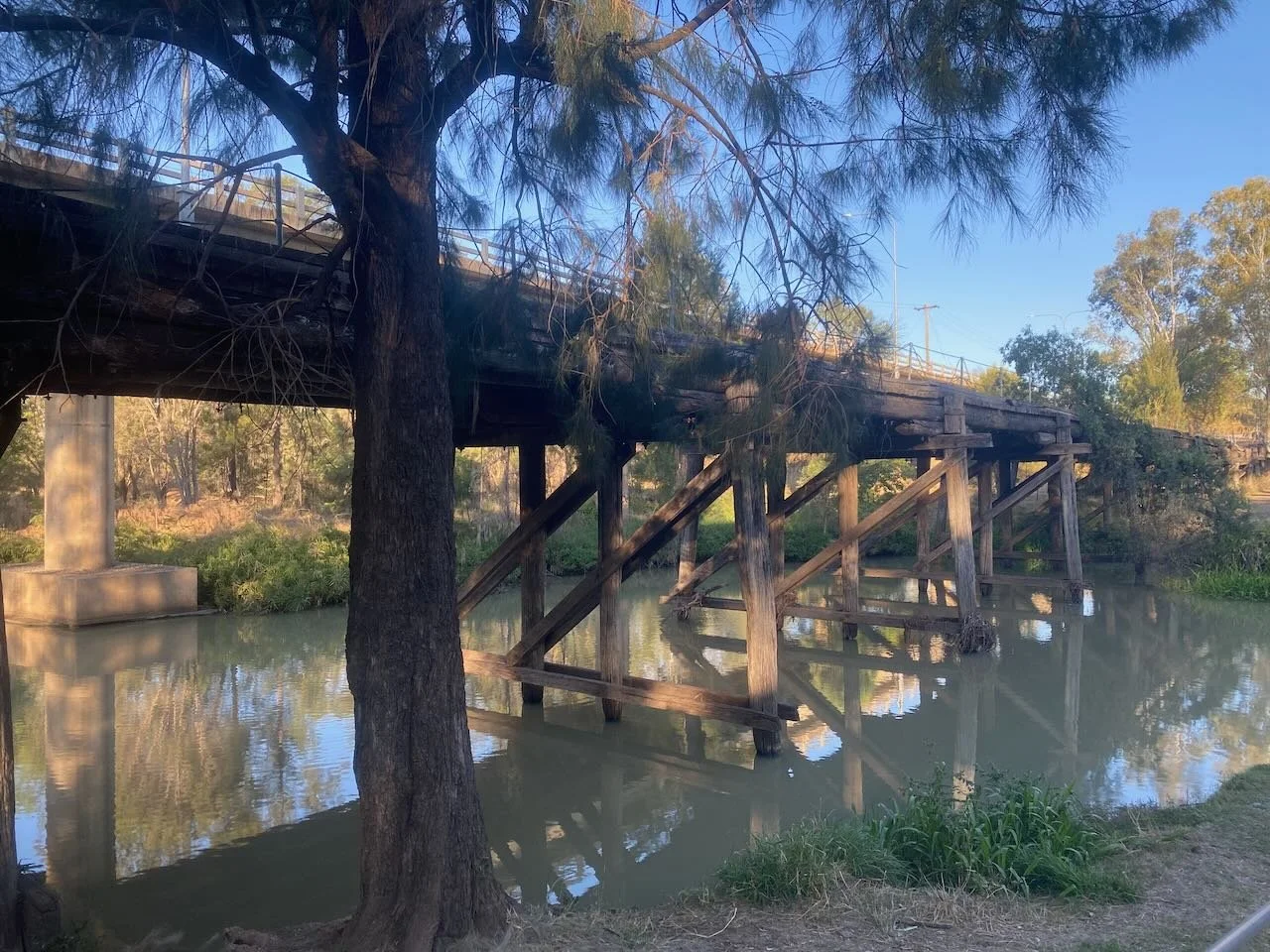
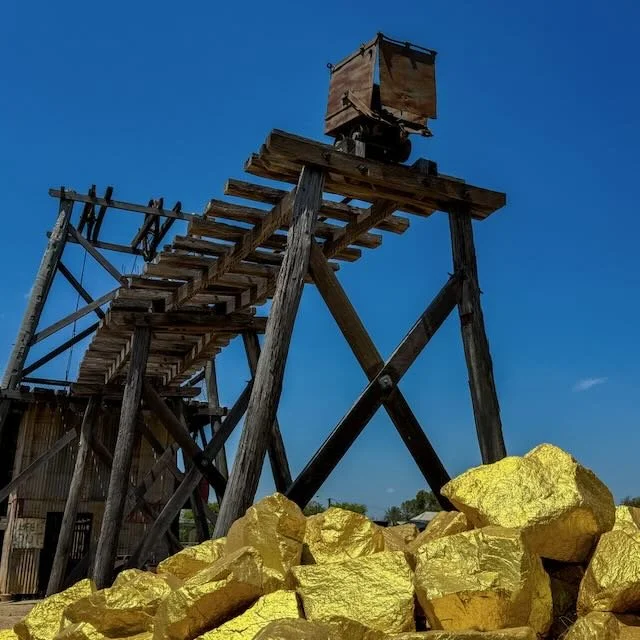








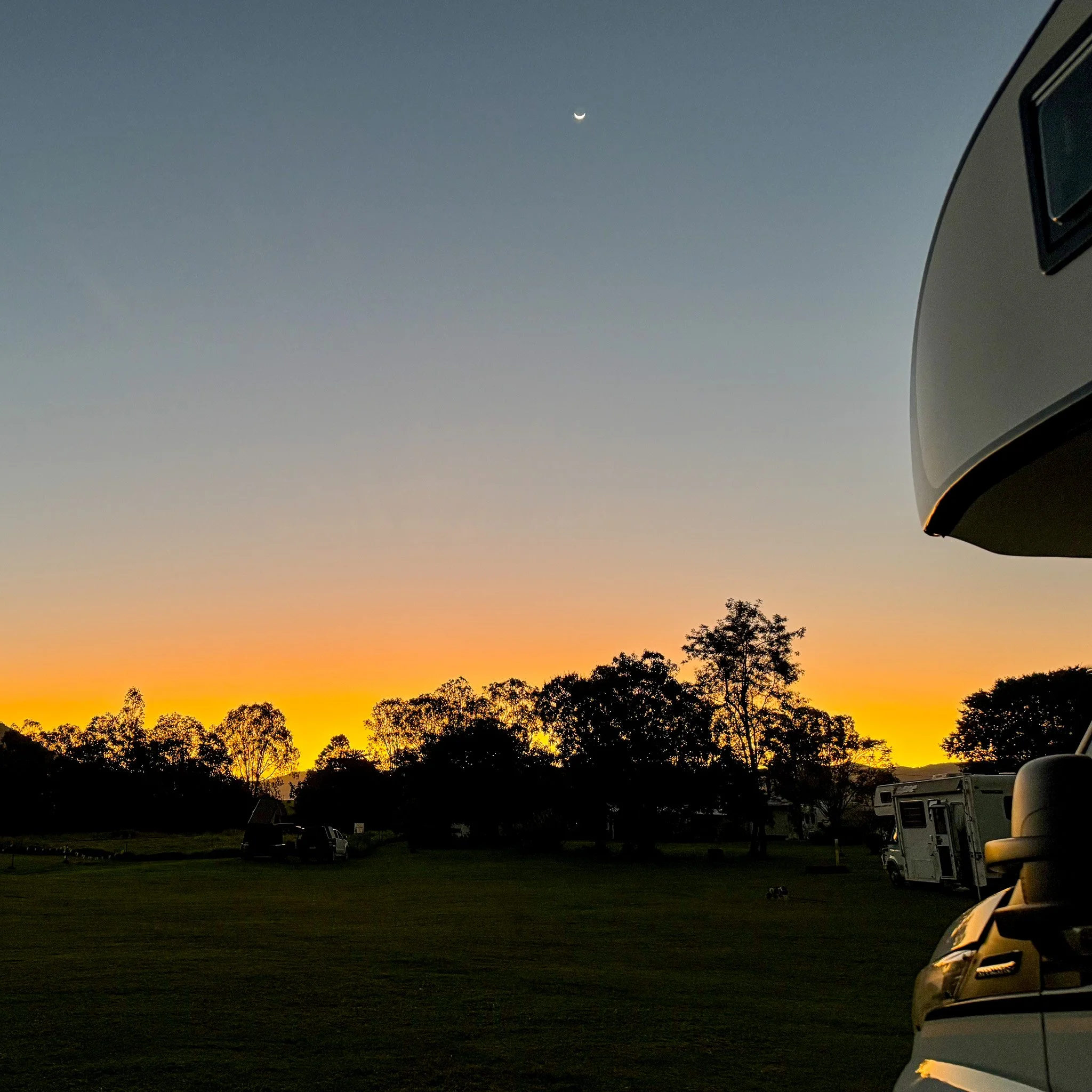

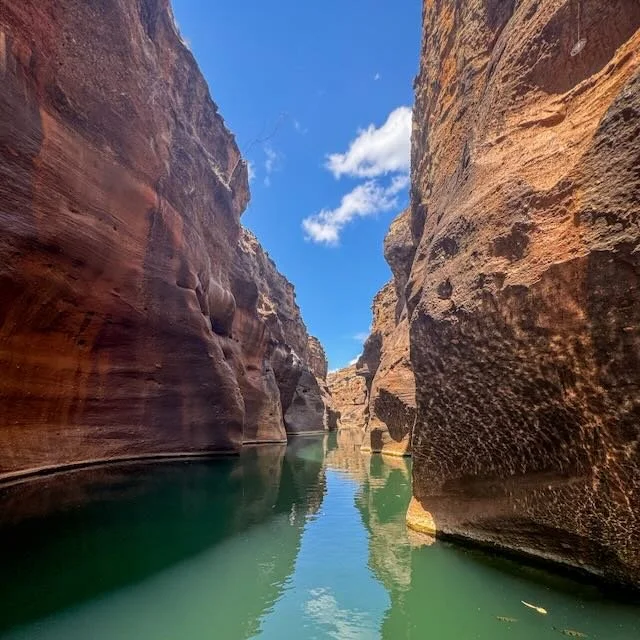

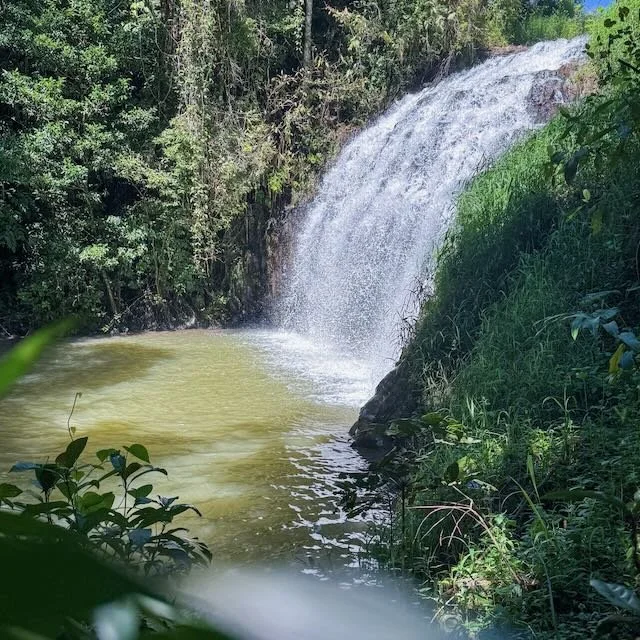
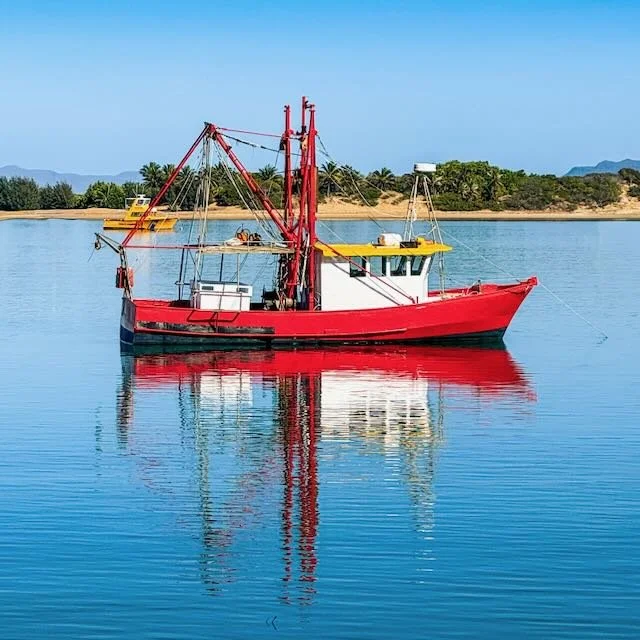
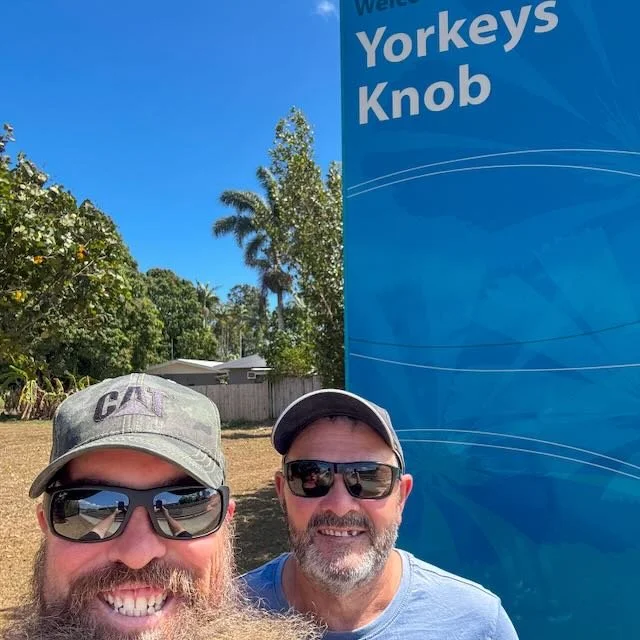
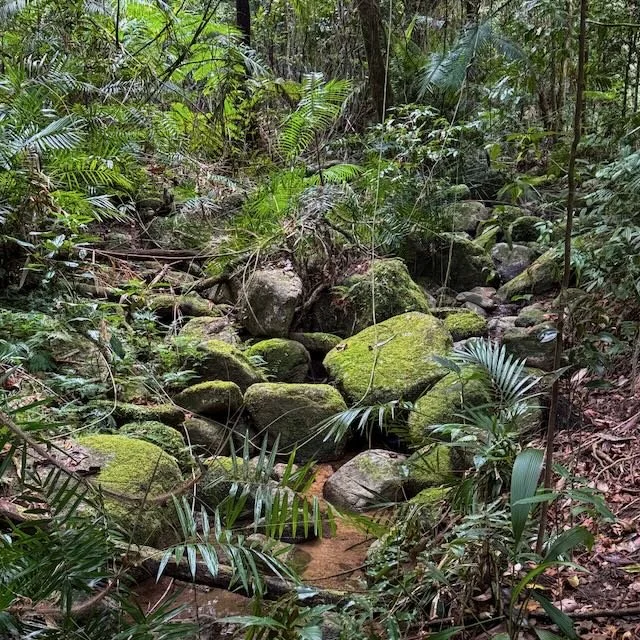
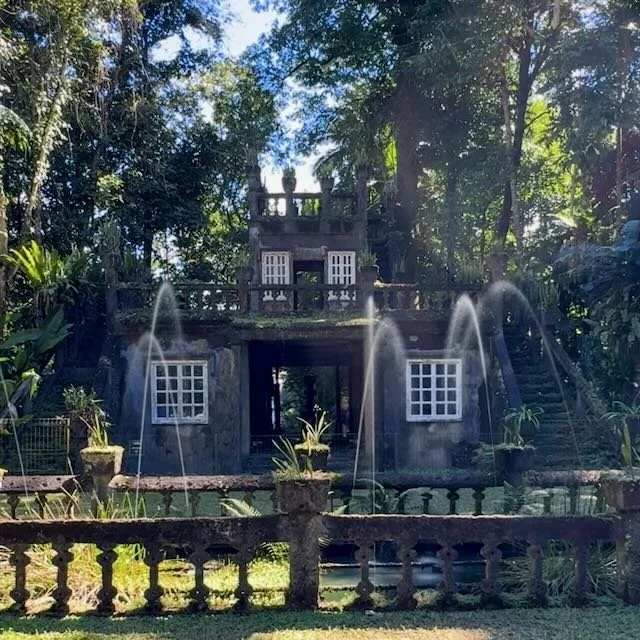


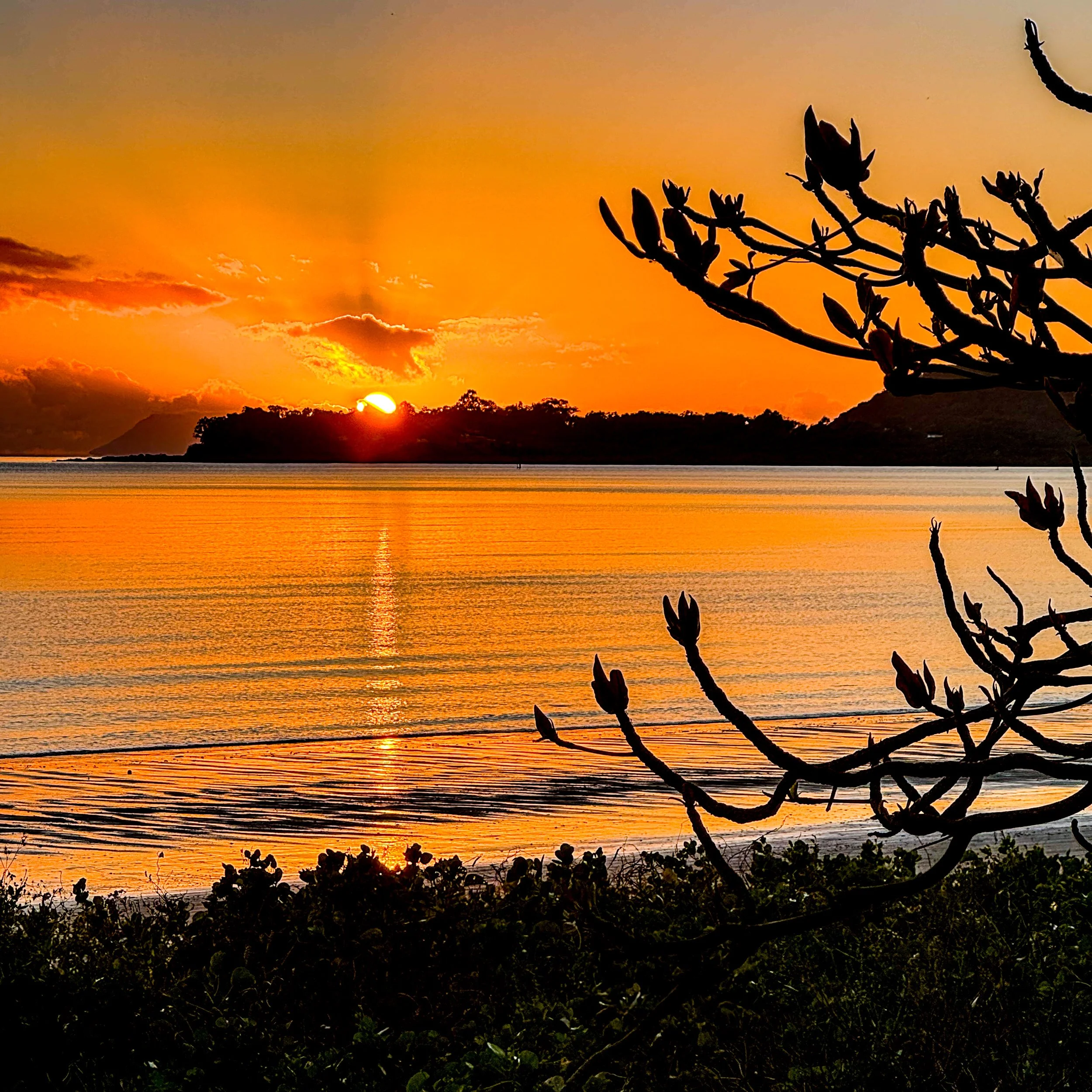
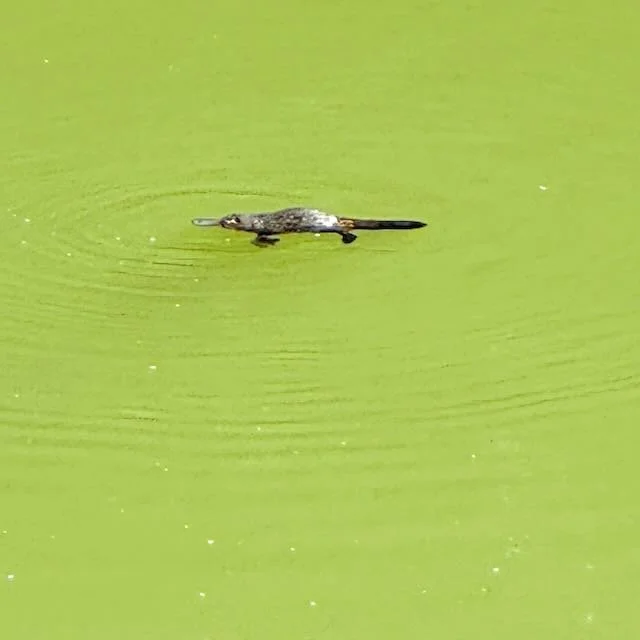

Everyone has a list of towns to avoid. We’ve got one too, except we went anyway. From Alice Springs to Port Augusta, these “tough” towns prove reputation isn’t always reality.